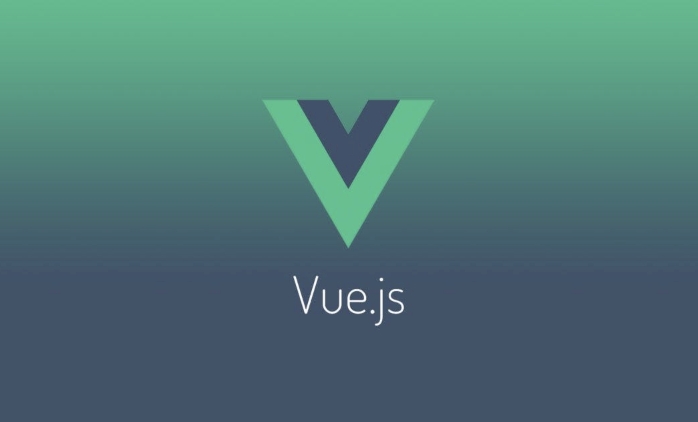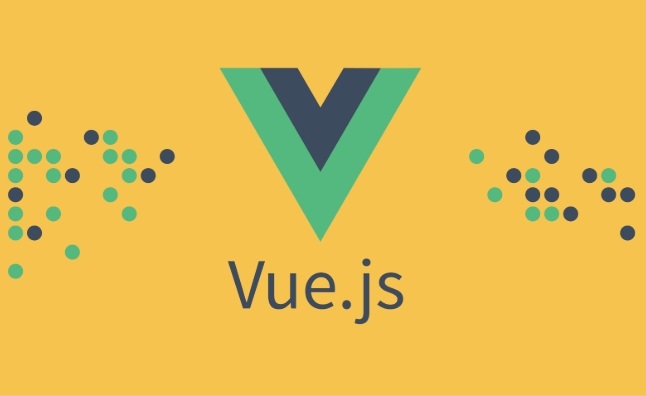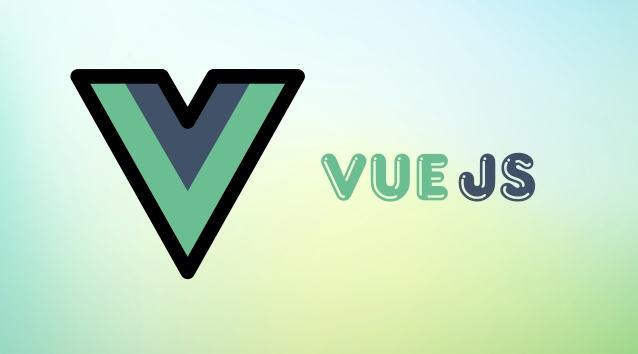
Tree shaking in a Vue build is a process that removes unused code from your final bundle during the build phase. It's a key optimization technique that helps reduce the size of your application by only including the parts of your code (and dependencies) that are actually used.

This works because modern JavaScript bundlers like Vite (which uses esbuild under the hood) or Webpack can statically analyze your code structure and determine what’s being imported and used. If a function, component, or module is never used, it gets “shaken” out of the final output.
How Tree Shaking Works in Vue Projects
Vue apps are usually structured with components, utilities, and libraries imported across different files. Tree shaking works best with ES Modules (ESM) because they are static by nature — meaning imports and exports are defined at build time, not runtime.

Here’s a simple example:
// utils.js
export function usedFunction() {
return 'Hello';
}
export function unusedFunction() {
return 'Not called';
}If you only import usedFunction in your Vue component:

import { usedFunction } from './utils.js'Then unusedFunction will likely be removed from the final bundle if your build tool supports tree shaking.
When Tree Shaking Doesn't Work as Expected
Tree shaking isn’t magic — it has limitations. Here are a few situations where it might not work as you hope:
- Side effects in modules: If a module has side effects (like modifying global variables or calling functions when imported), the bundler might keep the whole file to avoid breaking functionality.
- Importing CSS or assets: Tree shaking only works on JavaScript/TypeScript code — it doesn’t remove unused styles or assets unless you use additional tools.
- Third-party libraries not built with ESM in mind: Some older or improperly structured libraries may bundle everything together, making it hard to shake out unused parts.
You can help the bundler by marking modules as side-effect-free in your package.json:
{
"sideEffects": false
}Or specify which files have side effects:
{
"sideEffects": ["./src/some-global-styles.css"]
}Tips for Better Tree Shaking in Vue
To make the most of tree shaking, follow these practical tips:
- Use named exports carefully — if you import a module with many named exports but only use one, the bundler can still shake out the rest (assuming no side effects).
- Avoid wildcard imports like
import * as utils from './utils'— this often prevents tree shaking because the bundler can’t determine which exports are actually used. - Prefer tree-shakable libraries — many modern libraries (like Lodash with
lodash-es) offer ESM versions that are optimized for tree shaking. - Keep utility files small and focused — instead of one giant utility file, split logic into smaller modules so unused parts can be removed more effectively.
Final Thoughts
Tree shaking is a powerful feature in Vue builds that helps keep your app lightweight by removing dead code. It works best when your code and dependencies are structured with ESM and minimal side effects. While it’s not a silver bullet, understanding how it works and writing code that supports it can make a noticeable difference in your app’s performance.
And that’s basically it.
The above is the detailed content of What is tree shaking in a Vue build?. For more information, please follow other related articles on the PHP Chinese website!

Hot AI Tools

Undress AI Tool
Undress images for free

Undresser.AI Undress
AI-powered app for creating realistic nude photos

AI Clothes Remover
Online AI tool for removing clothes from photos.

Clothoff.io
AI clothes remover

Video Face Swap
Swap faces in any video effortlessly with our completely free AI face swap tool!

Hot Article

Hot Tools

Notepad++7.3.1
Easy-to-use and free code editor

SublimeText3 Chinese version
Chinese version, very easy to use

Zend Studio 13.0.1
Powerful PHP integrated development environment

Dreamweaver CS6
Visual web development tools

SublimeText3 Mac version
God-level code editing software (SublimeText3)

Hot Topics
 Netflix's Frontend: Examples and Applications of React (or Vue)
Apr 16, 2025 am 12:08 AM
Netflix's Frontend: Examples and Applications of React (or Vue)
Apr 16, 2025 am 12:08 AM
Netflix uses React as its front-end framework. 1) React's componentized development model and strong ecosystem are the main reasons why Netflix chose it. 2) Through componentization, Netflix splits complex interfaces into manageable chunks such as video players, recommendation lists and user comments. 3) React's virtual DOM and component life cycle optimizes rendering efficiency and user interaction management.
 How to develop a complete Python Web application?
May 23, 2025 pm 10:39 PM
How to develop a complete Python Web application?
May 23, 2025 pm 10:39 PM
To develop a complete Python Web application, follow these steps: 1. Choose the appropriate framework, such as Django or Flask. 2. Integrate databases and use ORMs such as SQLAlchemy. 3. Design the front-end and use Vue or React. 4. Perform the test, use pytest or unittest. 5. Deploy applications, use Docker and platforms such as Heroku or AWS. Through these steps, powerful and efficient web applications can be built.
 How to start a vue project with vscode
Apr 16, 2025 am 06:15 AM
How to start a vue project with vscode
Apr 16, 2025 am 06:15 AM
Starting a Vue.js project in VSCode requires the following steps: Installing Vue.js CLI Create a new project Installation dependencies Starting the project in Terminal Open the project in VSCode Run the project again in VSCode
 Laravel Vue.js single page application (SPA) tutorial
May 15, 2025 pm 09:54 PM
Laravel Vue.js single page application (SPA) tutorial
May 15, 2025 pm 09:54 PM
Single-page applications (SPAs) can be built using Laravel and Vue.js. 1) Define API routing and controller in Laravel to process data logic. 2) Create a componentized front-end in Vue.js to realize user interface and data interaction. 3) Configure CORS and use axios for data interaction. 4) Use VueRouter to implement routing management and improve user experience.
 How to debug vue project with vscode
Apr 16, 2025 am 07:00 AM
How to debug vue project with vscode
Apr 16, 2025 am 07:00 AM
Steps to debug a Vue project in VS Code: Run the project: npm run serve or yarn serve Open the debugger: F5 or "Start debug" button Select "Vue: Attach to Chrome" configuration attached to the browser: VS Code automatically attached to the project running in Chrome Settings Breakpoint Start debug: F5 or "Start debug" button Step by step: Use the debug toolbar button to execute the code step by step Check variables: "Surveillance" window
 How to configure vue with vscode
Apr 16, 2025 am 07:06 AM
How to configure vue with vscode
Apr 16, 2025 am 07:06 AM
How to configure VSCode to write Vue: Install the Vue CLI and VSCode Vue plug-in. Create a Vue project. Set syntax highlighting, linting, automatic formatting, and code snippets. Install ESLint and Prettier to enhance code quality. Integrated Git (optional). After the configuration is complete, VSCode is ready for Vue development.
 How to run vue with vscode
Apr 16, 2025 am 07:39 AM
How to run vue with vscode
Apr 16, 2025 am 07:39 AM
Running a Vue project in VSCode requires the following steps: 1. Install the Vue CLI; 2. Create a Vue project; 3. Switch to the project directory; 4. Install project dependencies; 5. Run the development server; 6. Open the browser to visit http://localhost:8080.
 How to separate the front and back end of wordpress
Apr 20, 2025 am 08:39 AM
How to separate the front and back end of wordpress
Apr 20, 2025 am 08:39 AM
It is not recommended to directly modify the native code when separating WordPress front and back ends, and it is more suitable for "improved separation". Use the REST API to obtain data and build a user interface using the front-end framework. Identify which functions are called through the API, which are retained on the backend, and which can be cancelled. The Headless WordPress mode allows for a more thorough separation, but it is more cost-effective and difficult to develop. Pay attention to security and performance, optimize API response speed and cache, and optimize WordPress itself. Gradually migrate functions and use version control tools to manage code.






